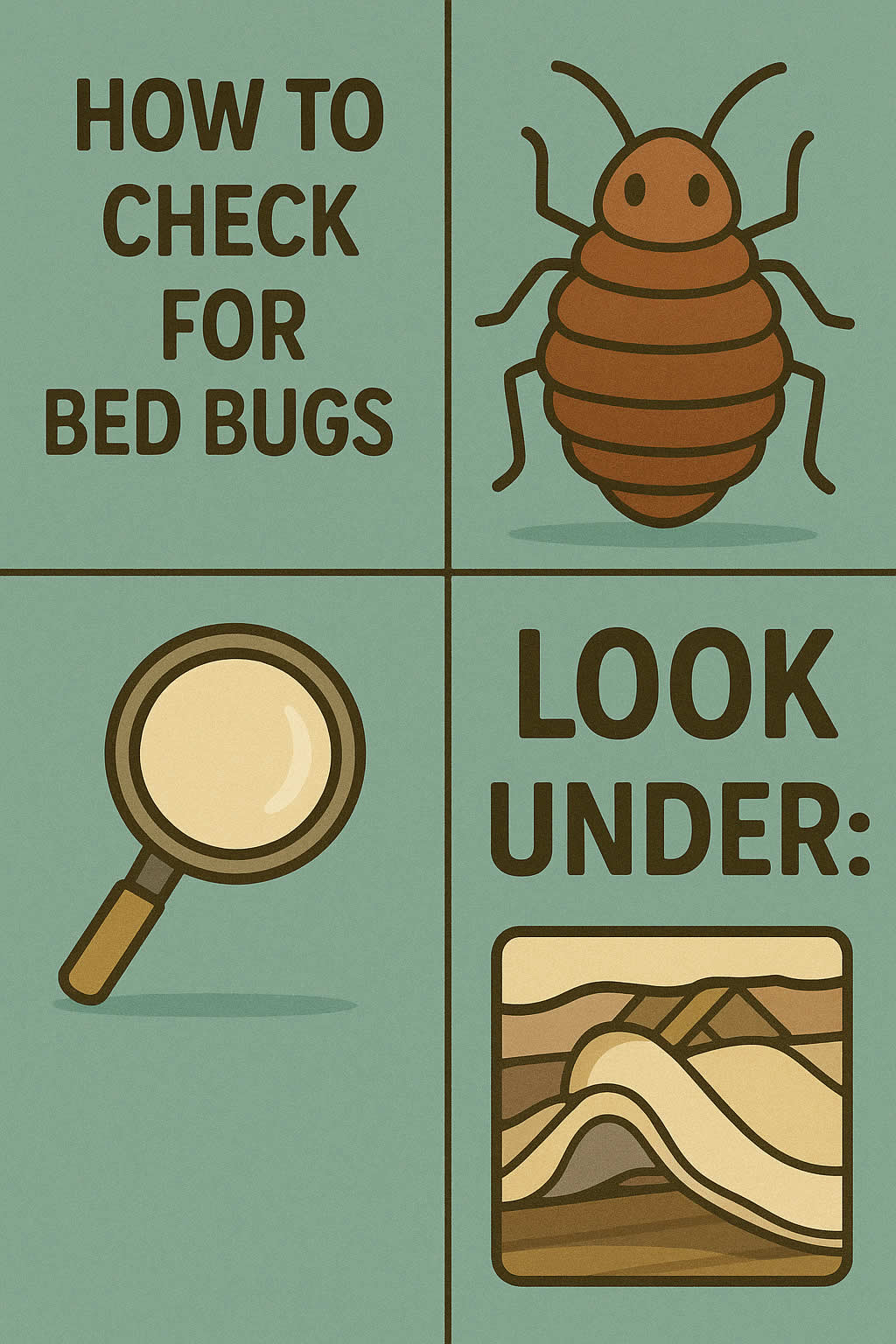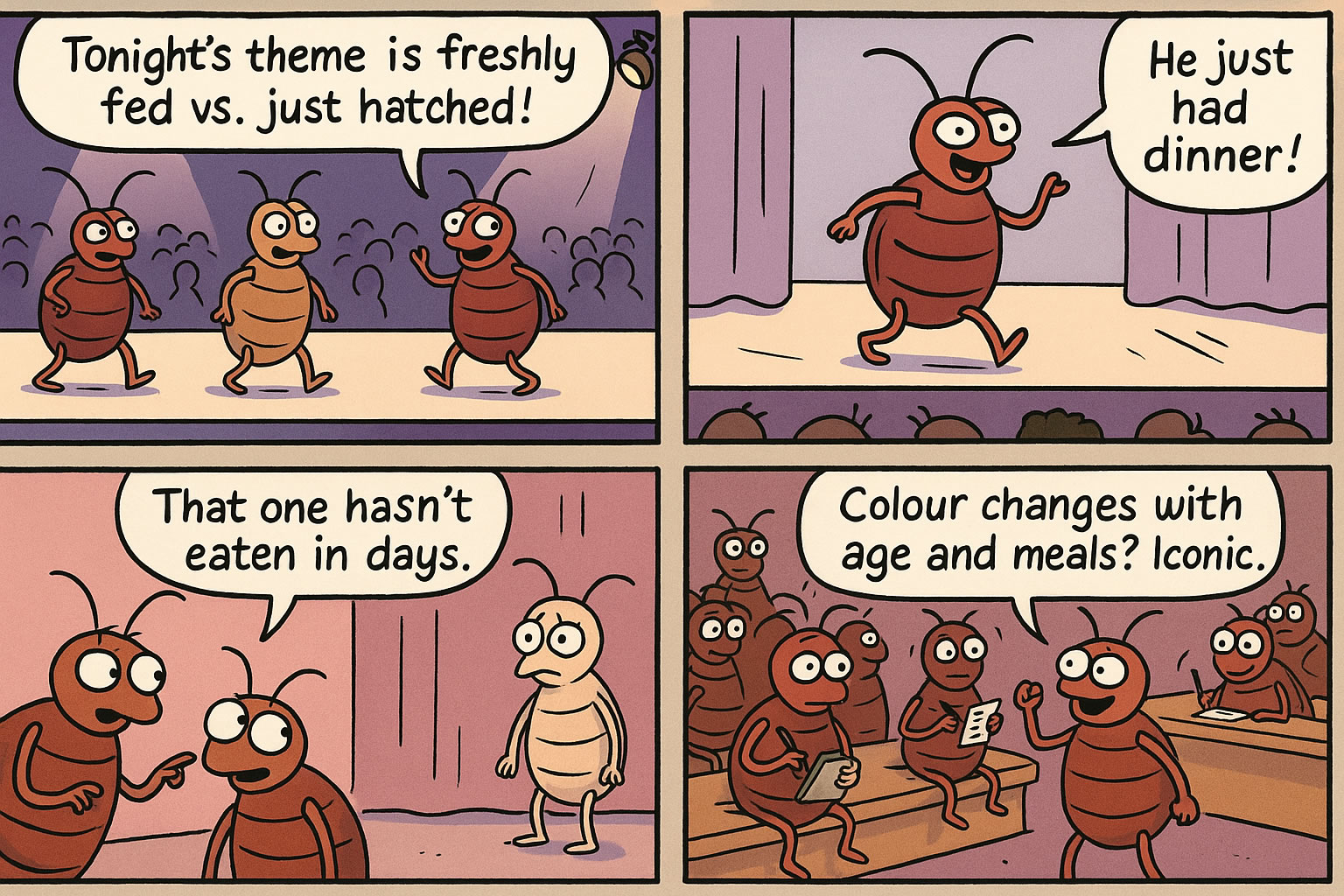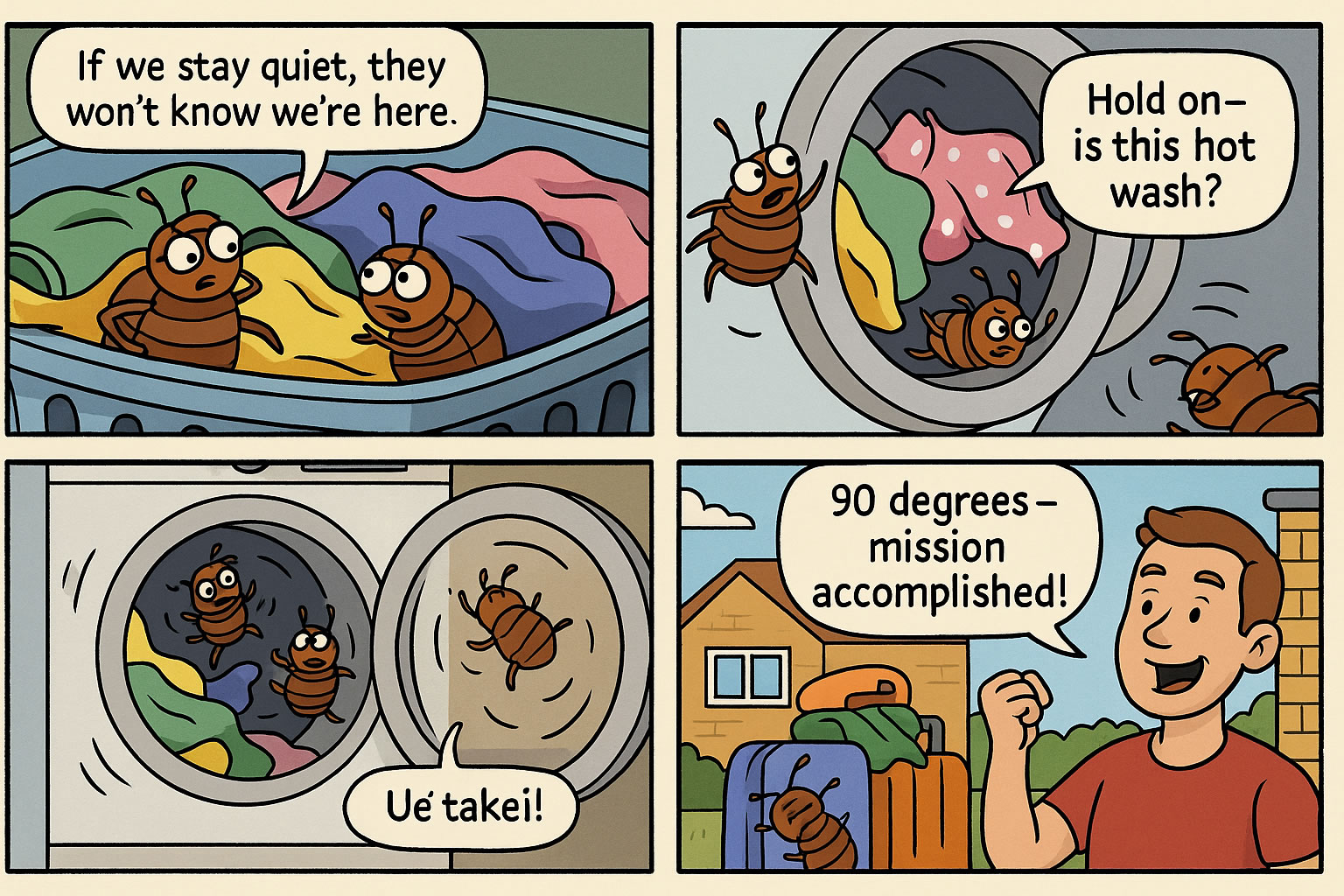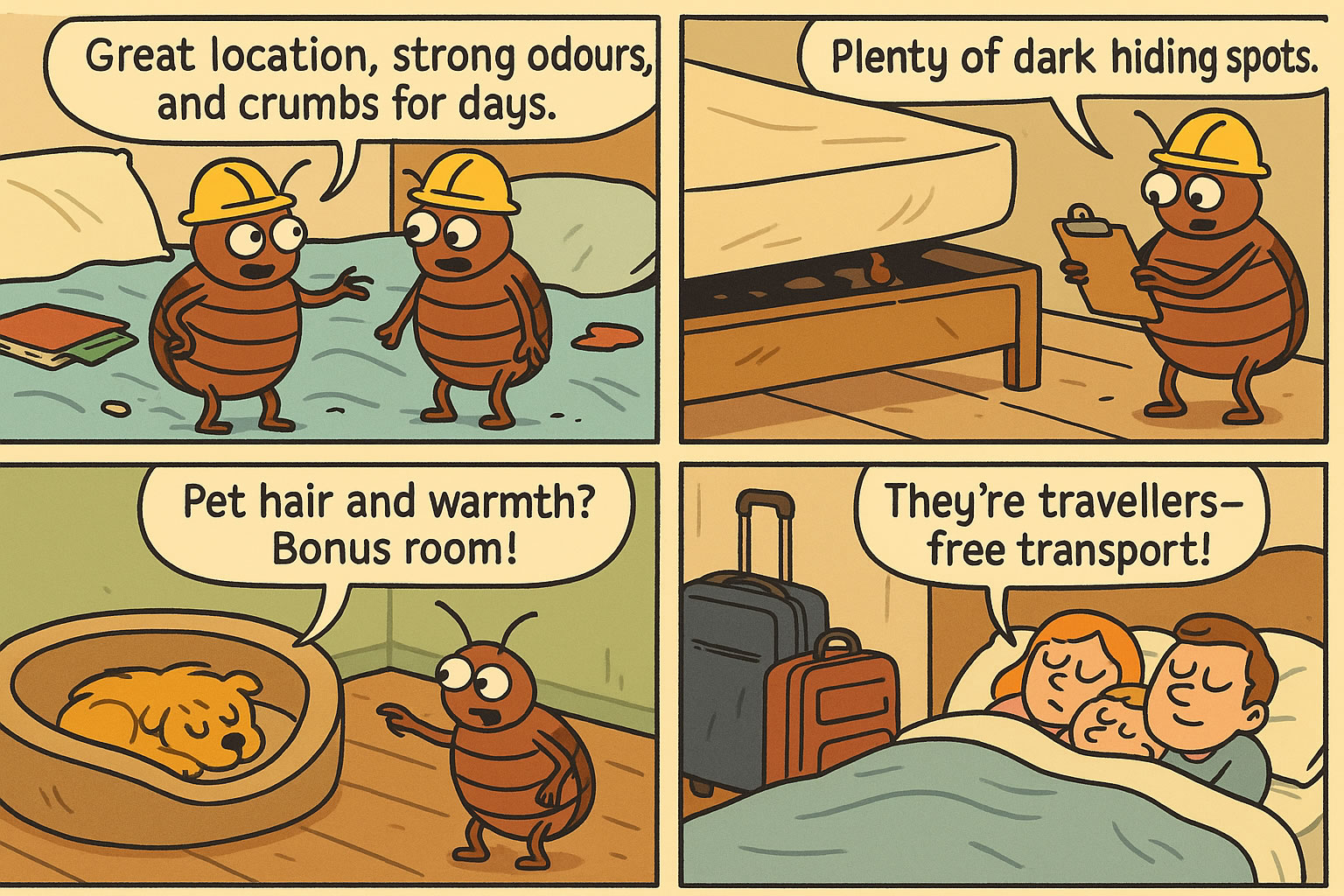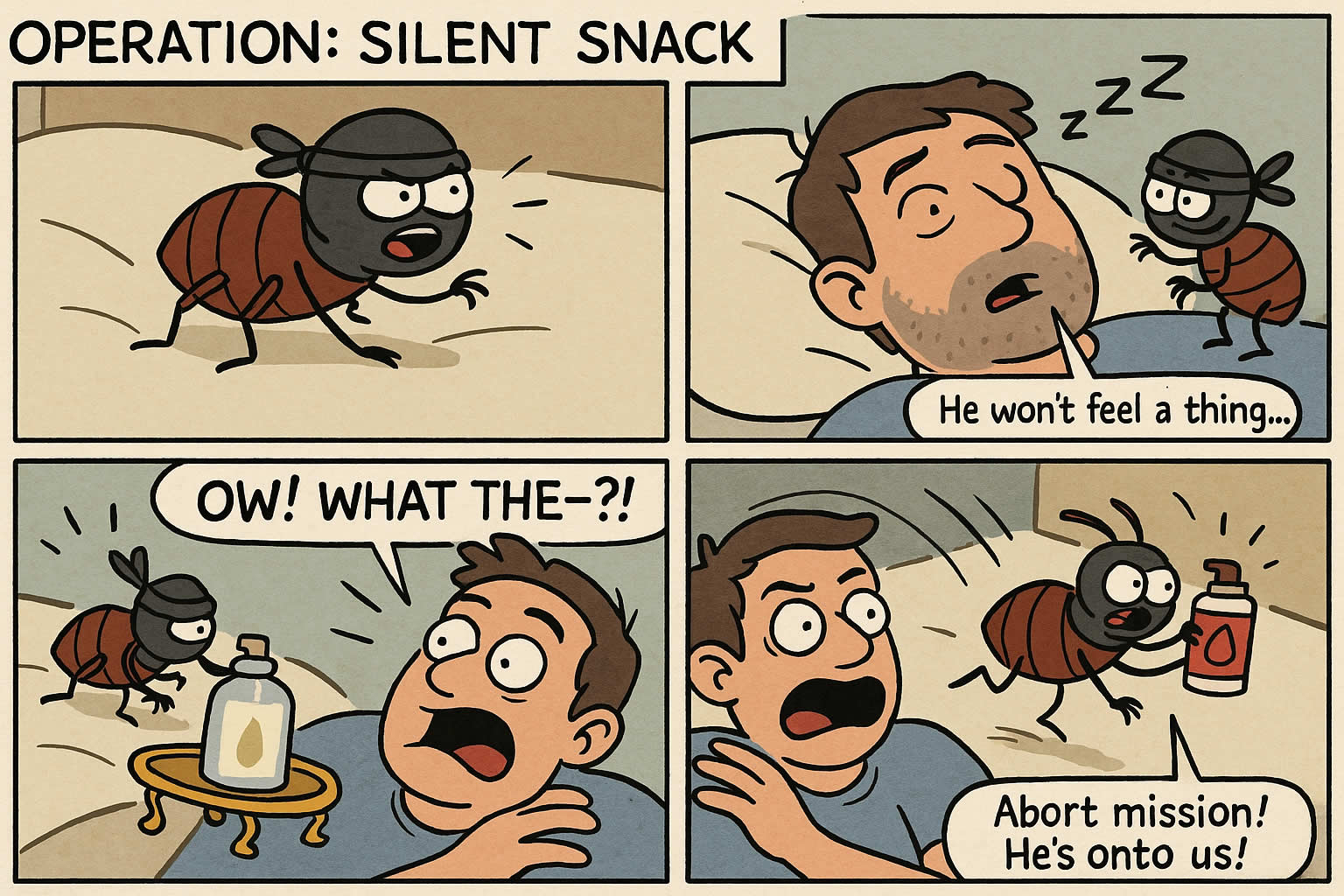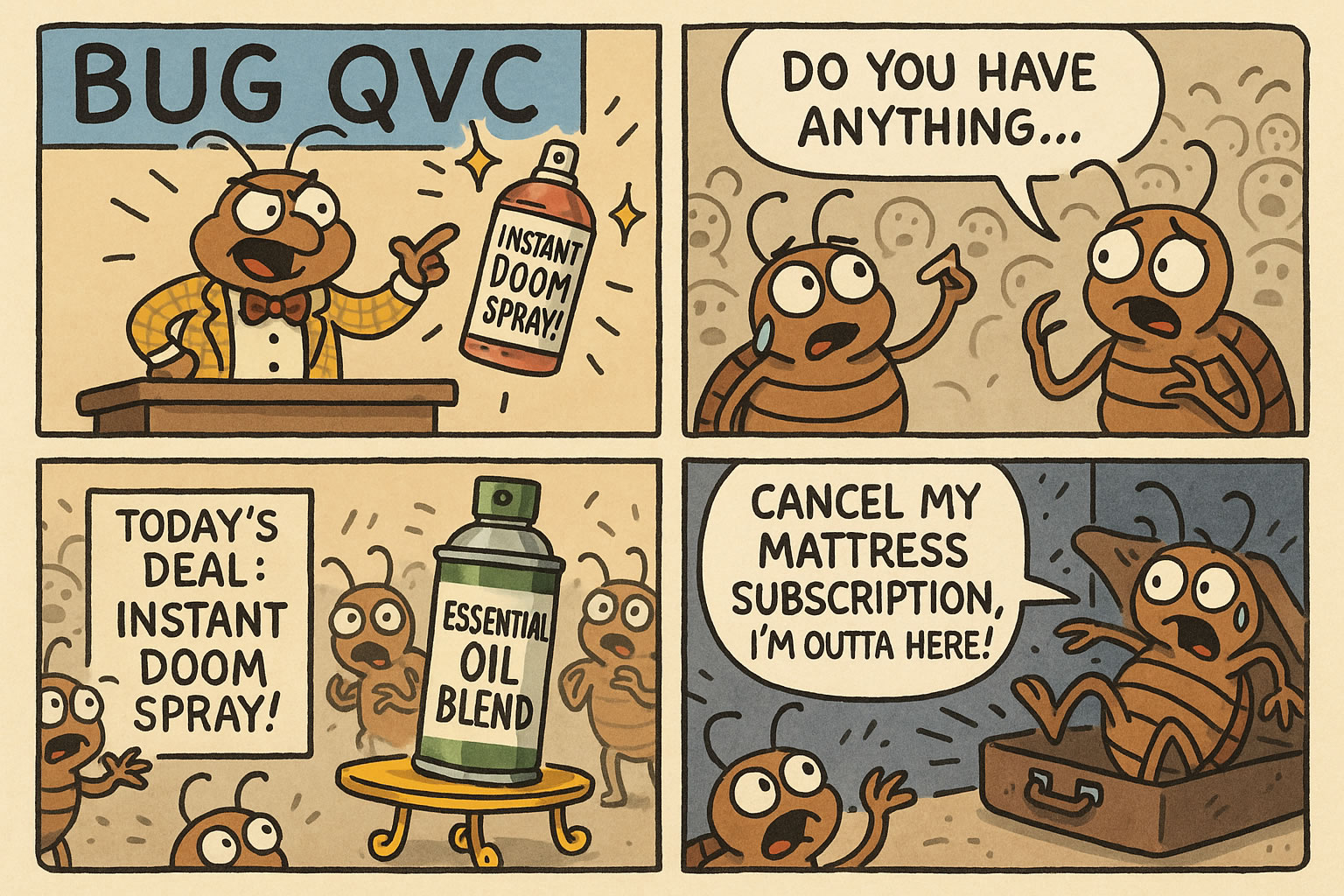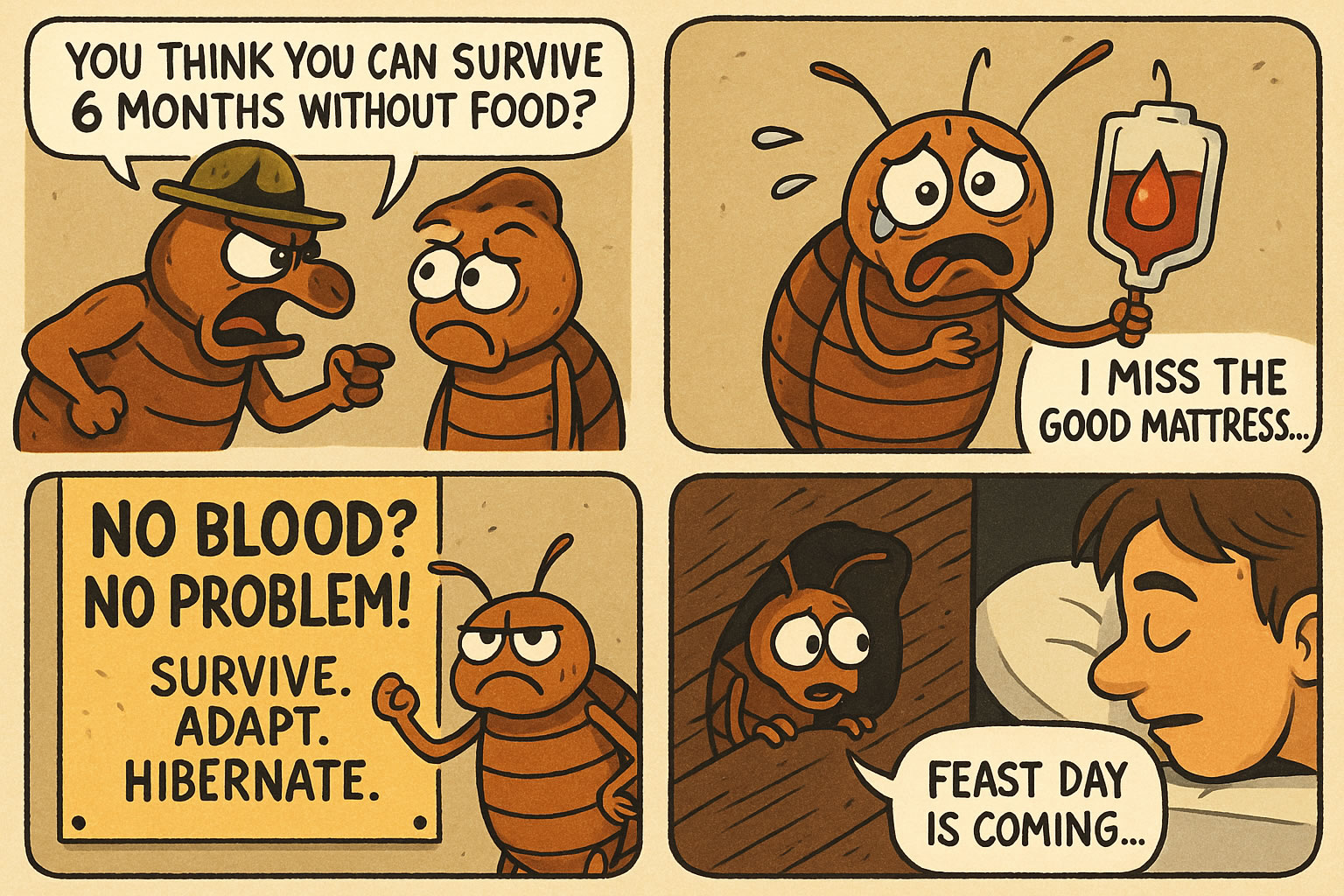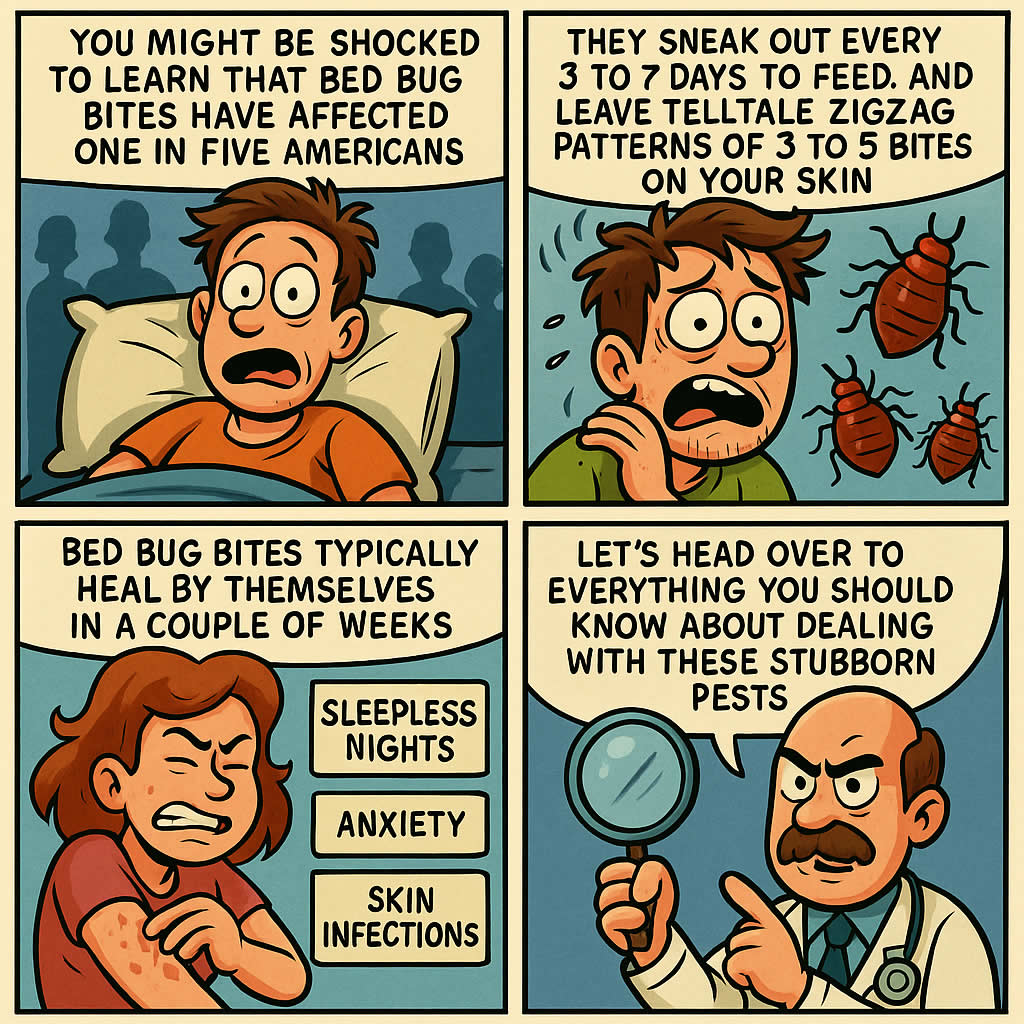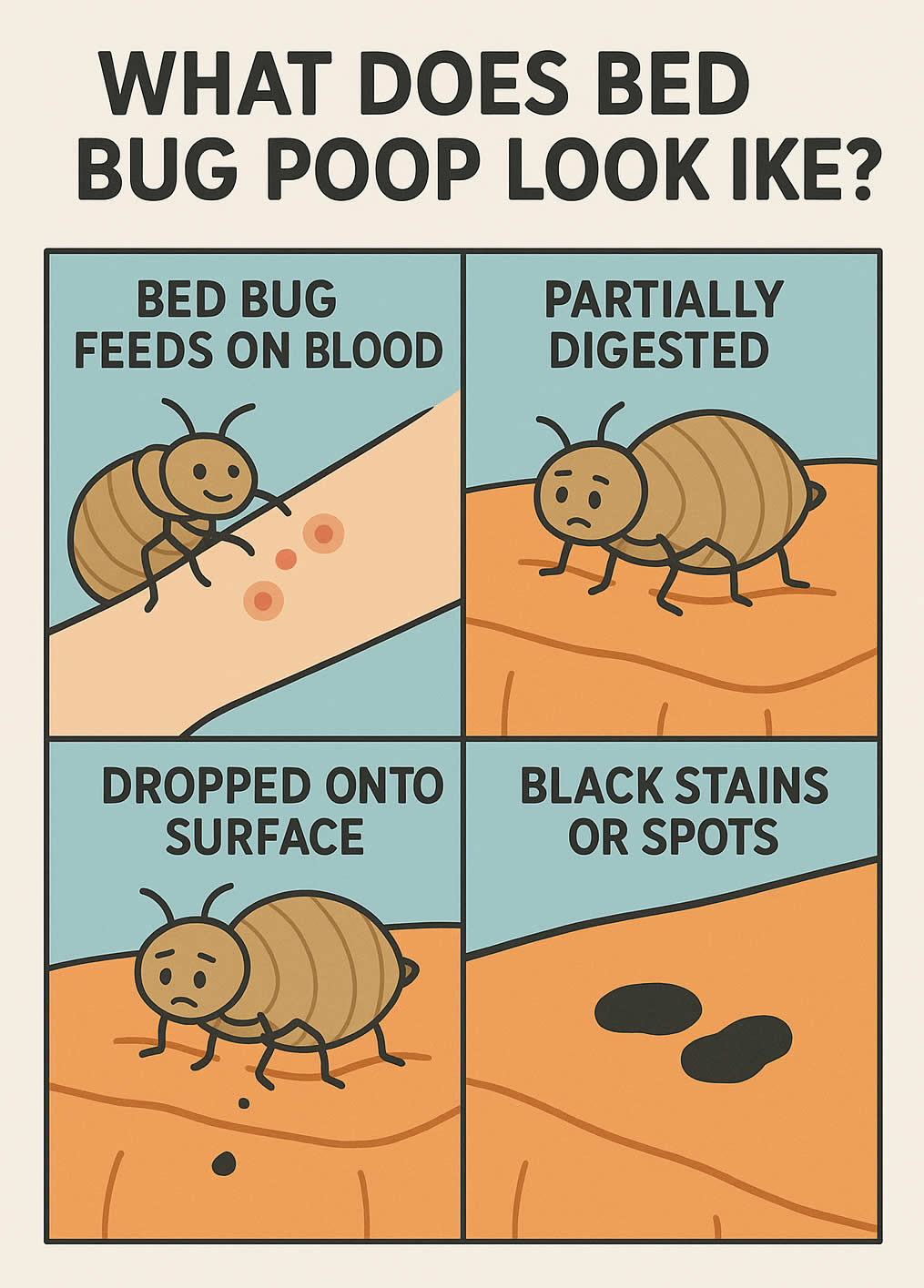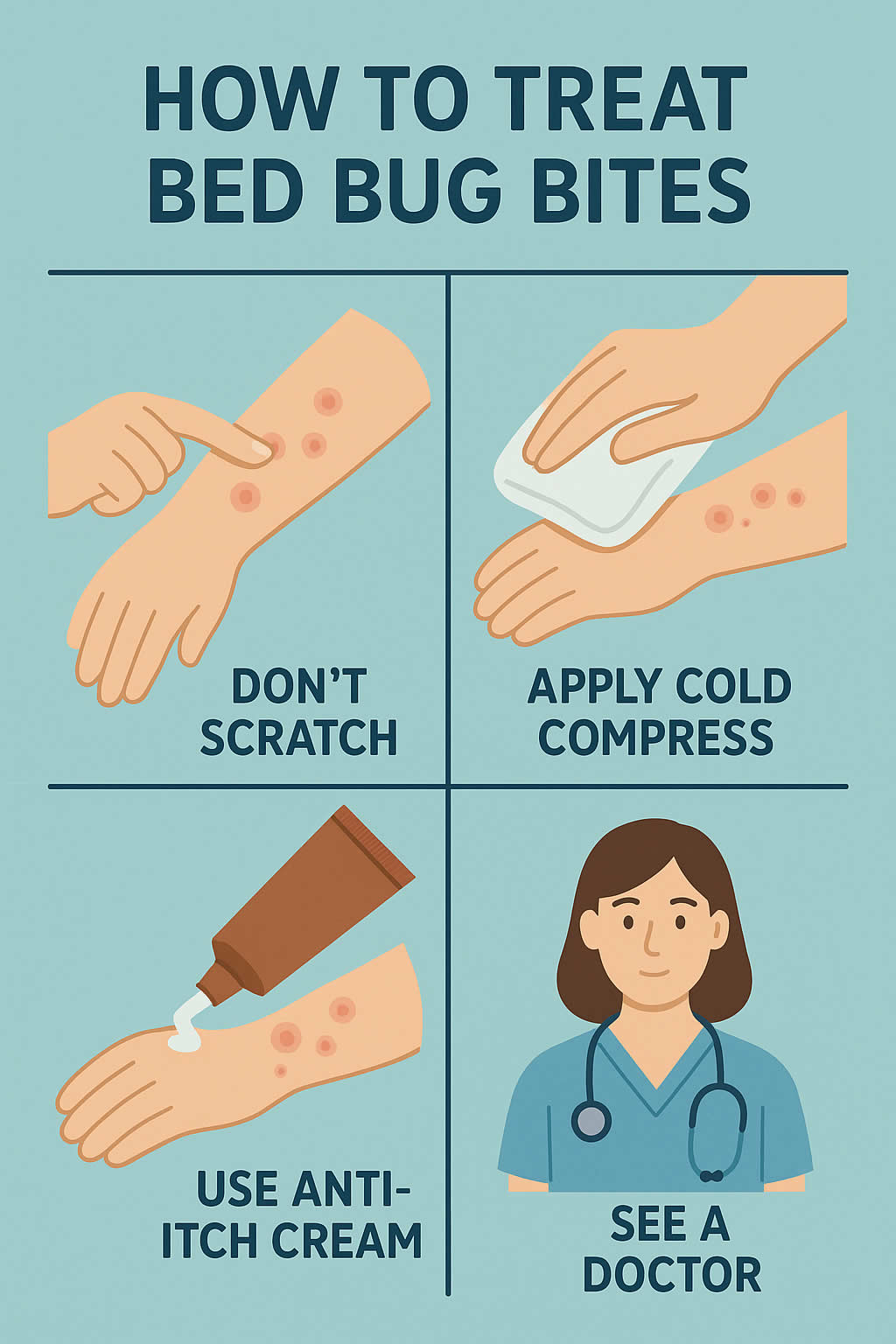Related Queries
ToggleYou wake up with a few itchy bites. At first, you brush it off — maybe it was a mosquito or something you ate. But then you spot a tiny stain on your sheet, or a small bug crawling near the headboard. That’s when the thought hits you: could it be bed bugs?
If you’re here, you’re probably looking for answers. The thought of bed bugs is unsettling, but catching the problem early gives you a better chance of clearing it quickly. This guide walks you through how to check for bed bugs in a way that’s clear, calm, and doable — even if you’ve never dealt with anything like this before.
Why is it important to check for bed bugs early?
Bed bugs don’t go away on their own. The longer they stay hidden, the more they spread. They reproduce fast, and once they settle in, they’re tough to get rid of without serious effort. But if you check early, you can catch them before they move beyond your bed and into other rooms.
Early detection means less stress, fewer costs, and a much better chance of removing them yourself without having to call a pest control company straight away.
What are the signs of bed bugs in your room?
Before you even lift the mattress or move furniture, it helps to know what you’re looking for. Bed bugs are tiny, flat, and reddish-brown. But they’re not always easy to see. That’s why most people first spot signs of bed bugs before the bugs themselves.
Here’s what you might notice:
- Itchy red bites, often in lines or clusters, especially on exposed skin
- Tiny dark spots on your sheets or mattress — this is dried bed bug poop
- Small blood smears where bugs have been crushed
- Shed skins — bed bugs shed their outer layer as they grow
- A sweet, musty smell in severe cases
Once you know the signs, you’ll have a better sense of what’s normal and what isn’t as you inspect your space.
Where do bed bugs hide?
Bed bugs are experts at hiding. They don’t live out in the open. Instead, they stay close to where you sleep — within a metre or so — tucked into tight, dark spaces. You’re most likely to find them:
- Along the seams, folds, and edges of your mattress
- Behind your headboard
- In cracks and joints of your bed frame
- Underneath your bed or furniture
- Behind loose wallpaper or skirting boards
- Inside drawers or under objects near your bed
- Around plug sockets or under lamps and bedside tables
They can hide in places as thin as a credit card, so don’t just check the obvious areas. Look carefully and take your time.
How do you check your bed for bed bugs?
Start with the mattress. Strip the bed completely and set the bedding aside to be washed on a hot cycle later. Then go over each part slowly.
Check the seams, especially around the corners. Lift the mattress slightly and look underneath. Use a torch if you need more light. If you have a credit card or an old loyalty card, you can run it along the seams to dislodge anything that might be hiding in the gaps.
Next, move on to the bed frame. Look at any screw holes, joints, or cracks in the wood or metal. Pay attention to where the frame meets the wall, especially behind the headboard.
If you have a fabric base or divan bed, lift the sides and check the edges underneath. Pull the bed slightly away from the wall to look behind it — this is a common hiding spot.
Should you check furniture and the floor too?
Yes, especially if the signs aren’t on the bed. Bed bugs don’t just stay in mattresses. Bed bugs will spread into other furniture if they’ve been around long enough. Check bedside tables — inside drawers, along edges, and underneath. Move anything that’s resting against the wall and inspect behind it.
If you’ve got rugs or carpet near the bed, lift the edges and look underneath. Check along skirting boards and in corners, especially if there are any small gaps.
Even electrical outlets can be hiding spots, though you shouldn’t open them up yourself. Just shine a light into the gap and see if you spot any movement or tiny black dots.
What should you use while checking for bed bugs?
You don’t need specialist equipment, but having a few things ready can help you feel more in control:
- A strong torch or your phone flashlight
- A credit card or flat edge to check seams and cracks
- A magnifying glass if you have one (they’re small and hard to see)
- Disposable gloves if you prefer not to touch anything directly
- Sticky tape or clear tape if you want to lift samples to examine later
Wear clothes you don’t mind washing afterwards, and keep everything you touch contained. If you do find bugs, you’ll want to clean the area thoroughly straight away.
What do bed bugs actually look like?
Bed bugs are small, oval-shaped, and flat when unfed — about 5mm long, like an apple seed. After feeding, they swell and turn a deeper reddish-brown. The younger ones, called nymphs, are much smaller and nearly transparent, which makes them harder to spot.
Their eggs are tiny, white, and almost sticky — they tend to hide them in dark cracks where they won’t be disturbed. If you’re not sure what you’re seeing, take a photo and compare it with images from reliable pest control sources. Or save the sample in a small jar or bag to show a professional if needed.
What should you do if you find bed bugs?
First, don’t panic. The discovery is frustrating, but it means you’ve taken the first step towards sorting the problem. Strip the bed completely. Bag up the bedding, clothes, or anything nearby and wash them on a hot cycle — at least 60°C. Dry them on high heat too.
Vacuum your mattress thoroughly, focusing on seams and folds. Do the same for the bed frame and surrounding area. Empty the vacuum into a sealed bag and take it outside straight away.
If you have a steam cleaner, use it on the mattress and base. Heat kills bed bugs instantly, so slow passes with high heat can help reduce their numbers fast.
You might want to fit a mattress encasement — a zippered cover that traps any bugs inside and stops new ones getting in. Once it’s on, leave it sealed for at least a year to be safe.
If you’ve found several bugs, or signs in more than one area, it’s worth calling a pest control expert. They can inspect the whole house and apply stronger treatments than what’s available in shops.
How can you check your room without disturbing anything?
If you don’t want to move furniture or tear the bed apart just yet, you can still look for indirect signs. Use a torch to inspect around edges and seams. Look for black dots, shed skins, or anything that seems out of place.
You can also try setting interceptor traps under the legs of your bed. These are small trays that catch bugs as they move to and from your bed. They don’t eliminate the bugs, but they give you a clear sign of activity.
Sticky traps near the headboard or under furniture can also help track movement, even if you don’t find a full infestation.
How often should you check for bed bugs?
If you’ve had them before, or if you’ve travelled recently, it’s worth checking once a week for a few months. If you’re just being cautious, a quick check once a month should be enough — unless you start seeing signs again.
After treatment, regular checks can help confirm the bugs are gone and catch any that might’ve been missed. Don’t stop checking just because the bites go away. Some people don’t react to the bites, so you can’t rely on skin alone to track progress.
Can you prevent them from coming back?
Yes, but it takes a bit of effort. Bed bugs are good hitchhikers. They travel on clothes, luggage, furniture, and even books. So prevention starts with being careful about what you bring into your home.
Here are a few things you can do:
- Avoid picking up second-hand mattresses or sofas unless you’ve treated and inspected them properly
- When you travel, check hotel beds and headboards before settling in
- Keep your luggage off the floor and wash your clothes on high heat when you return
- Use protective covers on your mattress and box spring
- Seal cracks and crevices around the room to limit hiding spots
The cleaner and more sealed your space is, the harder it becomes for bed bugs to settle in again.
Final thoughts — don’t ignore the small signs
Checking for bed bugs doesn’t take long, but it does take focus. You need to go slow, look closely, and trust what you see. If something feels off — a stain, a smell, a bite — check. Even if it turns out to be nothing, you’ll sleep better knowing you looked.
And if you do find them, don’t feel embarrassed. Bed bugs don’t mean your home’s dirty. They show up in hotels, flats, family homes — anywhere people sleep. The key is to act early, stay calm, and deal with it properly.
Because once you take control, you can get your space — and your peace of mind — back.
Pest Control Thurleigh – Pest Control Worcestershire – Pest Control Apsley End
